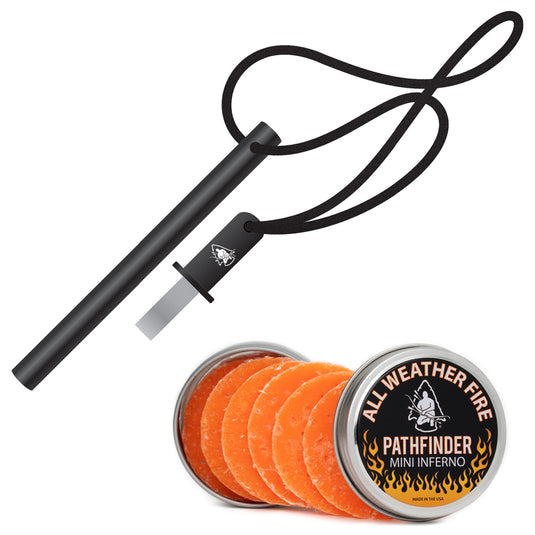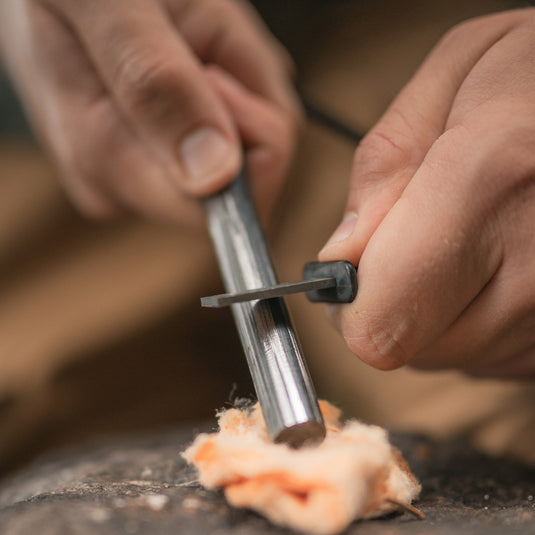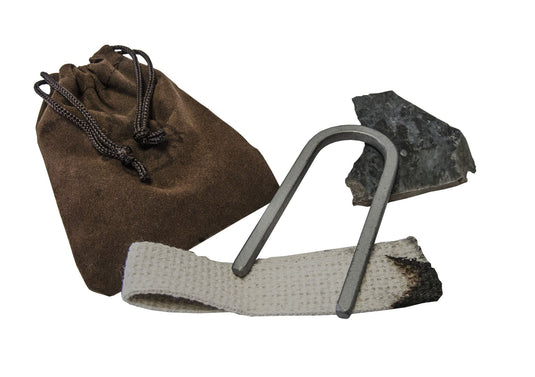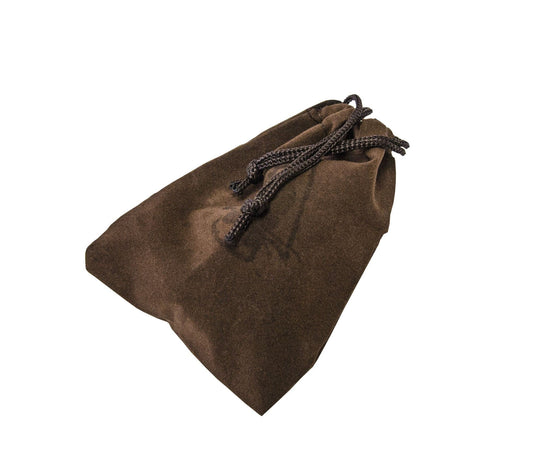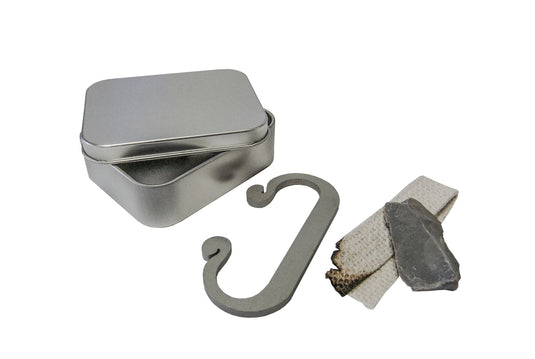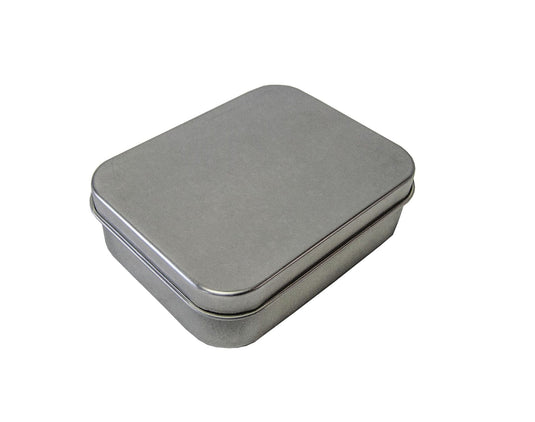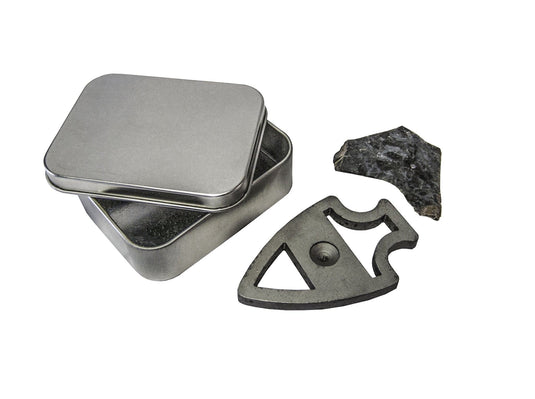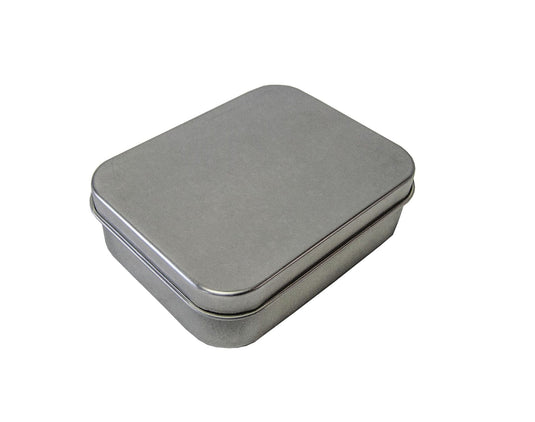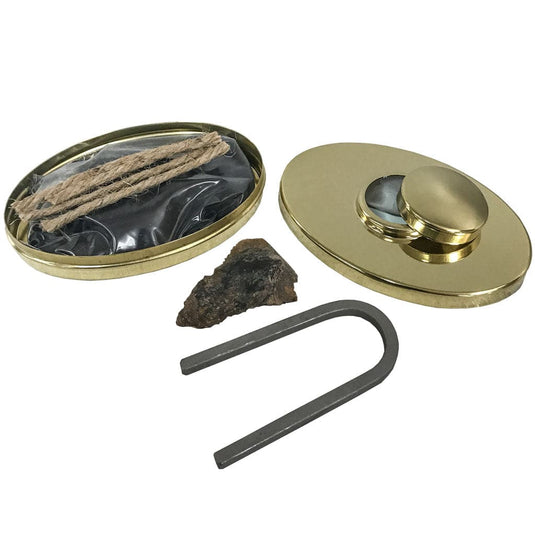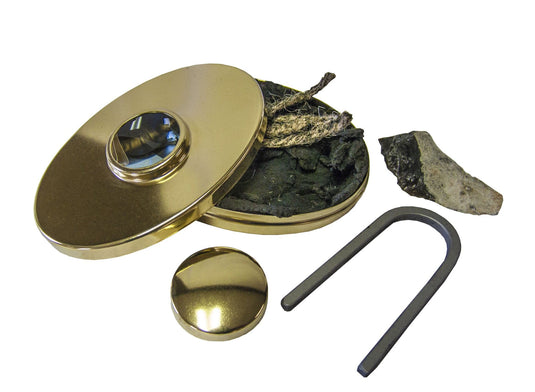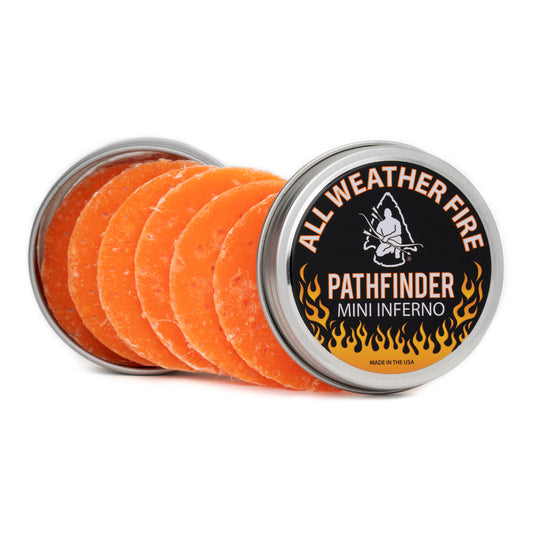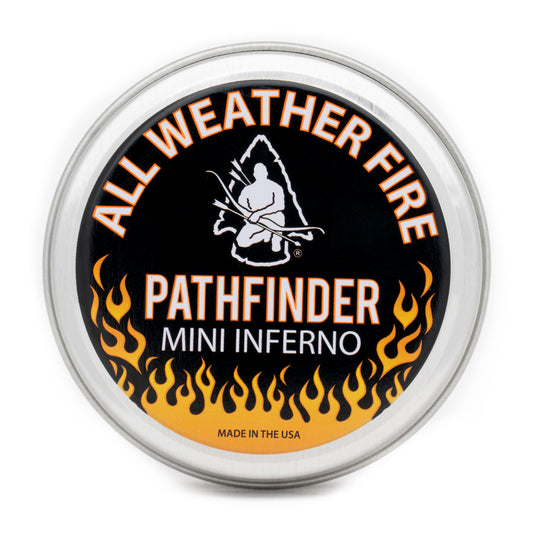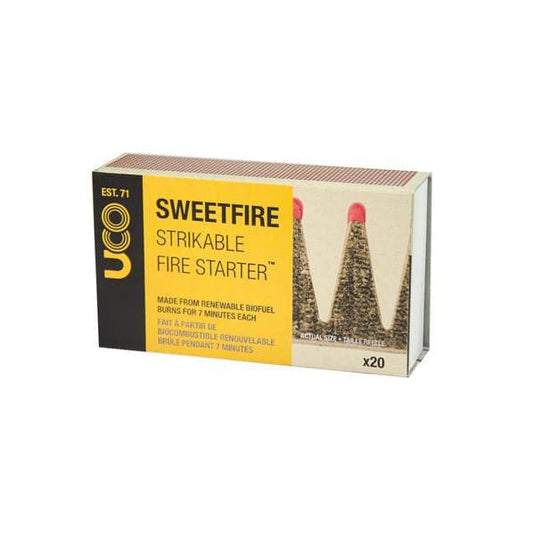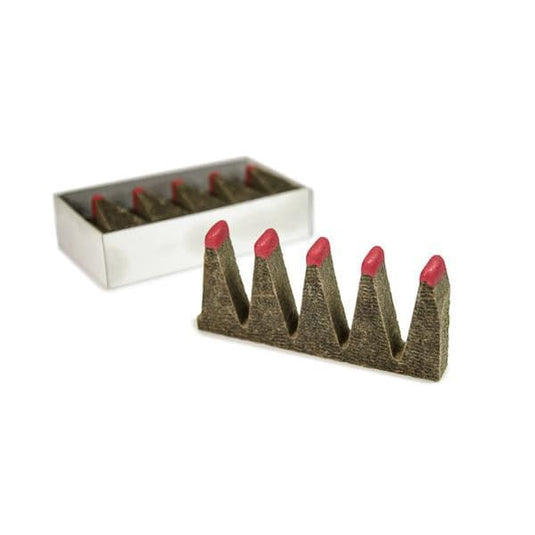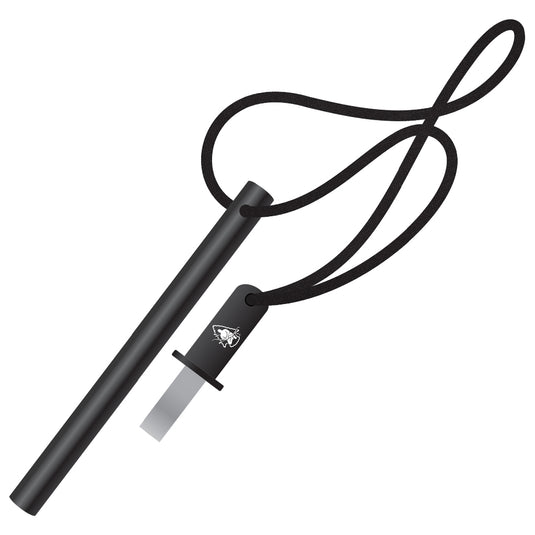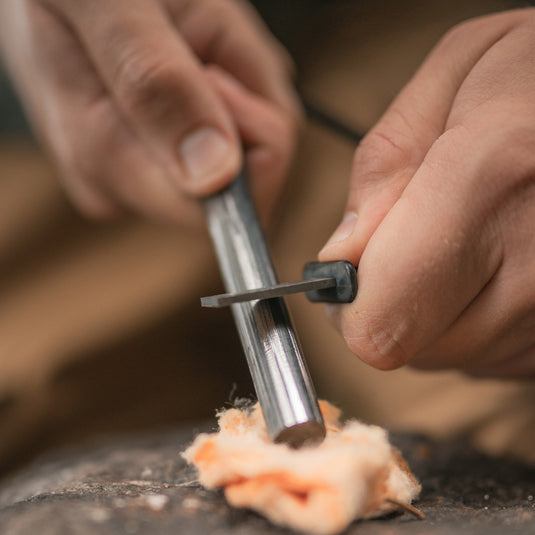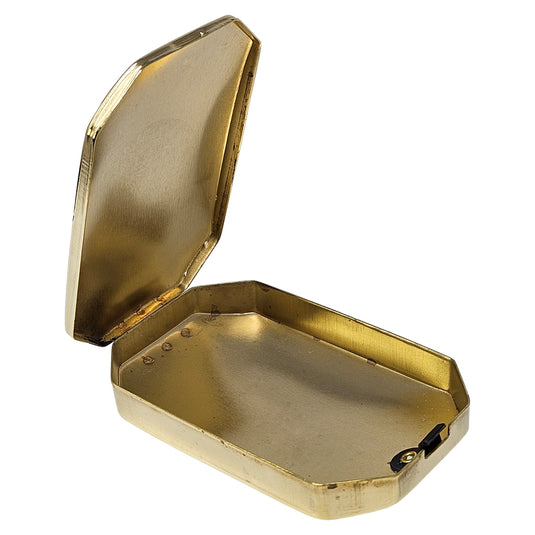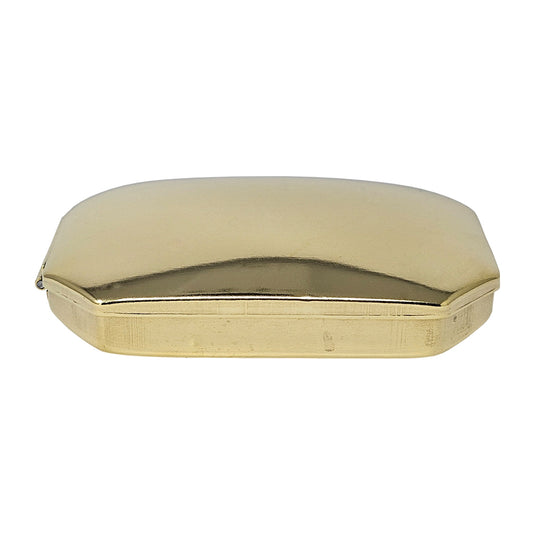Fire Starter Kits
Survival Fire Starter Kits: Camping or Wilderness Ready
Whether you're a seasoned bushcrafter or simply enjoy the occasional weekend outdoor adventure, you know that fire is a cornerstone of wilderness survival. While out in the field, you need it to cook, keep warm, purify water, and even signal for help. That’s where fire starters come in—but you can’t depend on just anything to start a campfire roaring. Your survival tool needs to be all weather, reliable, and above all, easy to use and store away so you can bring it anywhere you go.
Some of the most common fire starters are waterproof matches or lighters paired with kindling materials, but flint and steel or a ferro rod also provides quick ignition, making it an excellent choice for those who crave working with their hands and want a truly immersive outdoor experience.
Whatever your preference, here’s what you need to know about building your fire starter kit.

